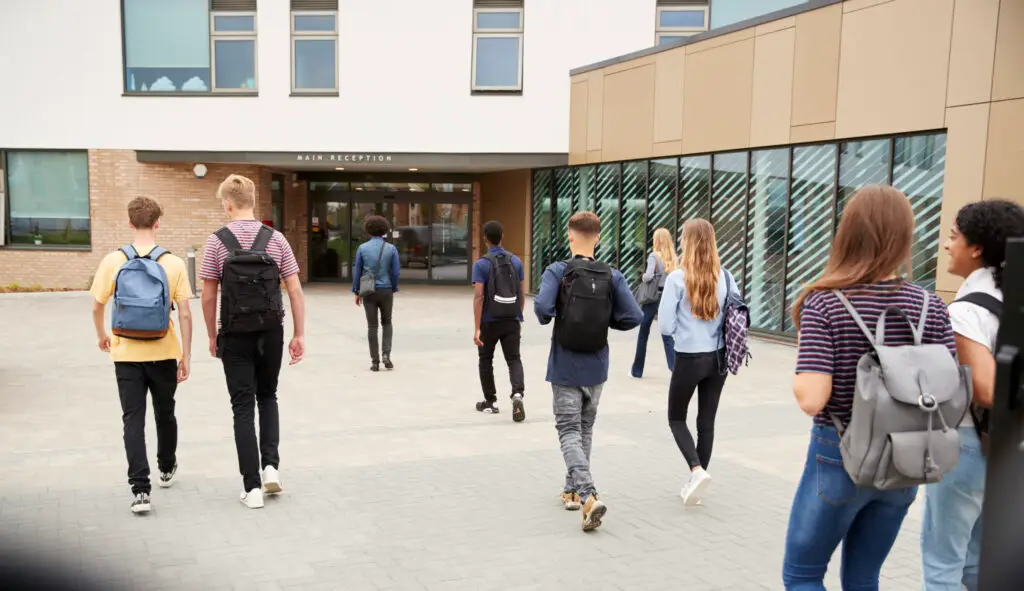The following piece kicks off CRPE’s upcoming study on the will and skill of district leaders in New England. To learn more about this project, click below or reach out to our research team.
Five years after the pandemic, learning gains and engagement remain at historic lows—and marginalized students continue to bear the worst consequences. Many districts have focused on safer, incremental improvements that accommodate the status quo but haven’t made the leaps in progress that students need.
School districts need transformation: a complete reimagining of how public schools support every young person’s learning, well-being, and pathway to a “good life.” But leading transformation requires changing structures, systems, and mindsets in both central offices and schools, and district leaders already have a hard or even impossible job. Administrators across the country are exhausted, embroiled in political battles, and facing budget shortfalls. More than 40% of school districts have seen a change in superintendents since the 2019-2020 school year. Enrollment, teacher shortages, and sluggish pandemic recovery are prompting public scrutiny. Leaders report feeling stuck under decades of regulation, mandates, and contracts—plus new uncertainties about dramatic shifts at the federal level.
As the need for transformation becomes clearer, we want to understand what is holding district leaders back from pursuing this kind of work—and how we can set free their appetite for change.
Leadership for transformative change will require strong will and new skills
Saying “leadership matters” has become a cliché, but it’s one backed by reams of research. Decades ago, Matthew Miles and Karen Seashore Louis argued that leaders must possess both will (desire, appetite, or motivation to do something new or different) and skill (ability to do the action envisioned) to lead high school reform efforts successfully. Will and skill are useful concepts, especially when trying to start and sustain transformational change in schools and school districts.
Leaders’ will for change is fundamentally about motivation—either intrinsic (from within) or extrinsic (from outside oneself). Recognizing the problems with how things are and being able to imagine an alternate future are both powerful intrinsic motivators for change. Incentives can provide extrinsic motivation for change, whether through promised rewards or the threat of punishment. To sustain any type of motivation, leaders must believe in their ability to affect change (self-efficacy), continually envision possible futures that their work can bring about, and experience alignment between intrinsic and extrinsic motivators.
Complementing will are the skills leaders need to affect it. Miles and Louis define “skill” as the ability to do the new envisioned actions. Extensive research on change management also shows that leaders need to be able to design new systems and execute the necessary change management strategies to implement and scale them. But researchers studying district effectiveness point out that tactical skills are only one part of the equation. Skills like coalition-building, understanding and responding to local context, changing school or central office culture, or recognizing and changing mindsets (including their own) are less well understood. These skills are what researchers call “sociopolitical” and “normative,” and are an essential part of the suite of change management skills that district leaders need today.
New research can spur appetite and fine-tune capacity for leading change
With support from the Barr Foundation, CRPE is leading a study in New England that will dig into what motivates district leaders to embrace change and how they lead it. We’re not content to assume that district leaders simply don’t think radical change is necessary, or don’t have any skills to lead it. Instead, our study will focus on the following hypotheses and questions.
If district leaders today don’t appear to want transformational change on the surface, we think the underlying truth may be that:
- There are stronger motivators for staying the course, even when leaders know that students need something different. After all, it takes a strong will to walk headfirst into a battle with a teachers’ union. In contrast, the motivators for pursuing change are too weak (and even state policies incentivizing innovation may not be enough). We need a clearer understanding of what levers could shift the incentives equation for districts.
- Many district leaders may not know what to do. Few district leaders are oblivious to the need for change, but they may not be able to see a way out—and without a clear vision and belief that they can affect progress toward it, their will for change can suffer.
- The politically fraught environments that many district leaders navigate are likely diluting their will to pursue change. District leaders may also experience a lack of recognition or appreciation, job security, effective management from the school board, or self-efficacy—all of which can be demotivating. For leaders who have previously attempted change, the fear of repeating a failed attempt may dissuade them from trying.
- Confronting inequities hard-wired into educational institutions may be especially daunting. Educators’ beliefs about students are strongly linked to achievement, and biases are remarkably persistent. Even district leaders who believe in every student’s potential may struggle to reconcile that belief with unequal educational outcomes that can seem like a fact of life. The dissonance may erode their motivation to tackle the root causes of inequality in education.
If district leaders today don’t appear capable of leading transformational change on the surface, we think the underlying truth may be that:
- Leaders might be experiencing a mismatch of skills rather than a lack of skills. We’ve observed that most leaders have at least some of the skills needed for leading system change — they may be excellent diplomats, effective at rallying communities around a vision, or experts in a particular type of reform. However, they may not have the right skills for their circumstances and need better insight to understand which skills matter when.
- Even leaders with valuable skills for change face a bandwidth problem. We need to understand how leaders find sufficient bandwidth in the “multi-front” push for transformation, often requiring years of slow and steady work.
- We need better insight into how leaders develop and wield key skills that have been under-researched. For instance, leading transformational change requires leaders to not only work in their schools or districts but also push for corresponding changes in their states, forming coalitions with stakeholder organizations and others within their “ecosystem.” This requires what researchers call sociopolitical and normative skills, which appear far less in research on district effectiveness.
Our study will use multiple methods, including surveys, artifact elicitation interviews, and case studies, to gather deep insights into district leaders’ will and skill. We’ll be learning directly from district administrators and visiting schools to understand how a district-wide vision for change is perceived and experienced by educators and students.
The results will inform state policy, district strategy, funder investment decisions, and leadership and administration programs by showing which levers can increase the will and skill for transformational change in school districts. Transformation is a long road, especially in public institutions. Our work will help smooth the path for districts to sustain motivation while navigating the political work of changing systems.





